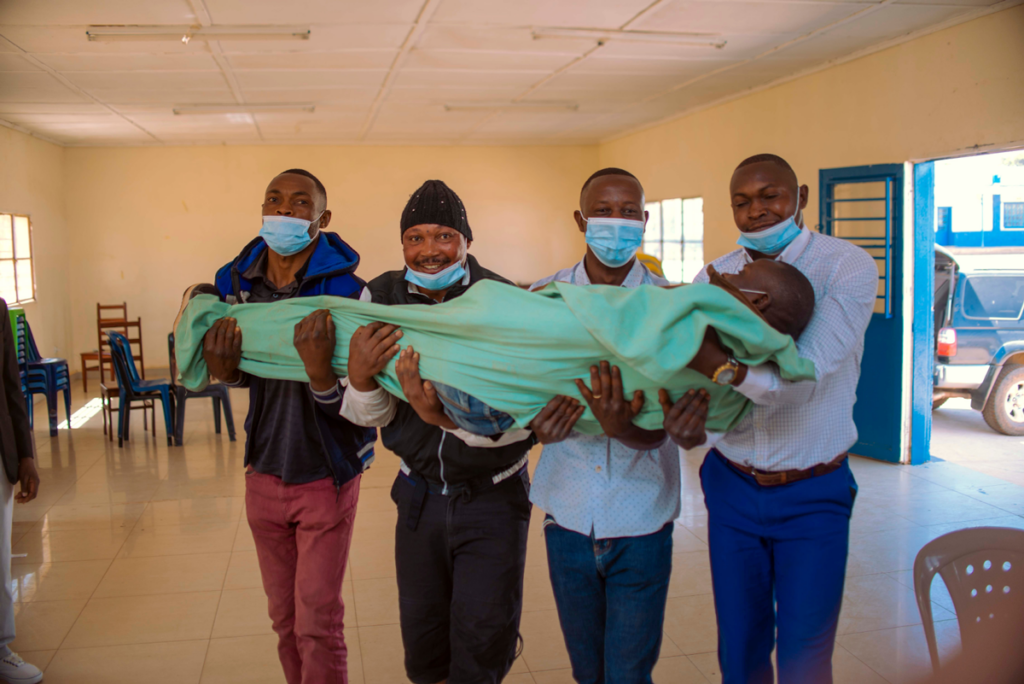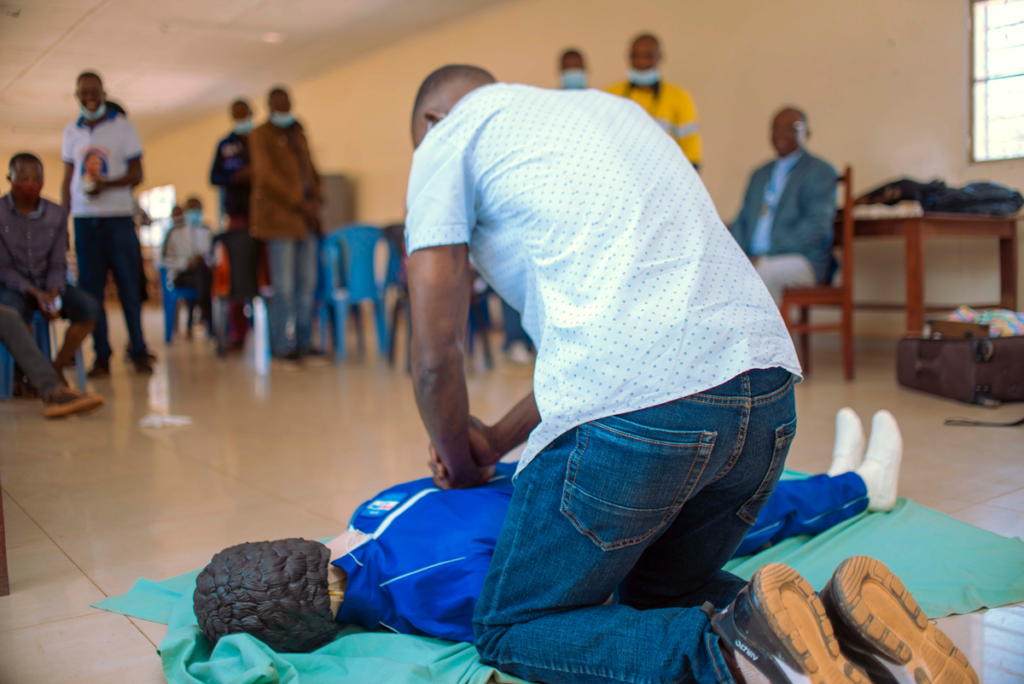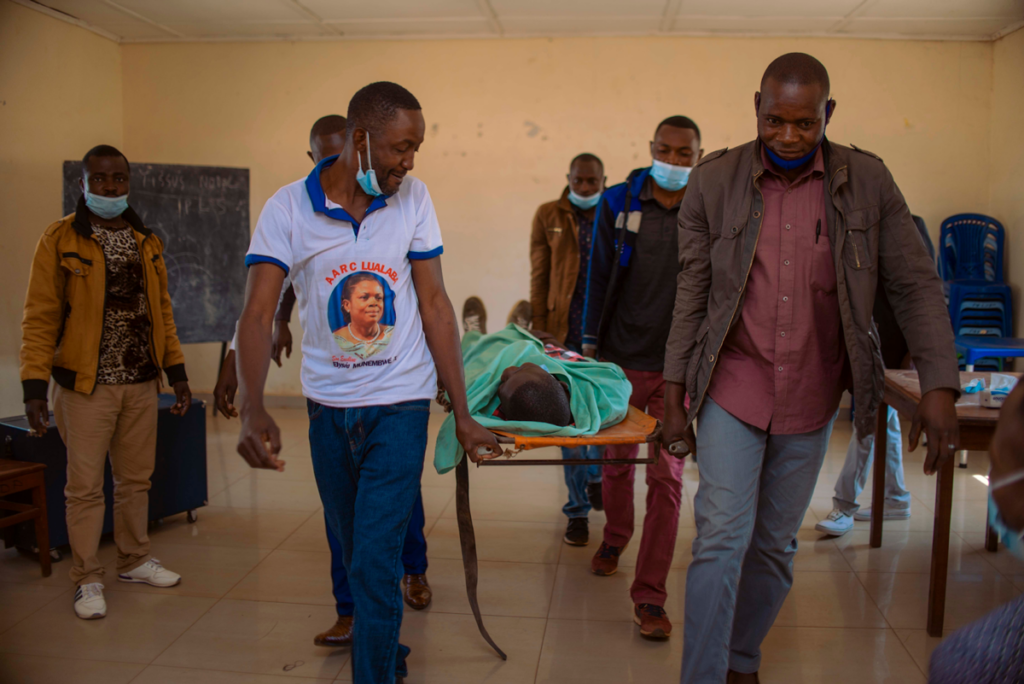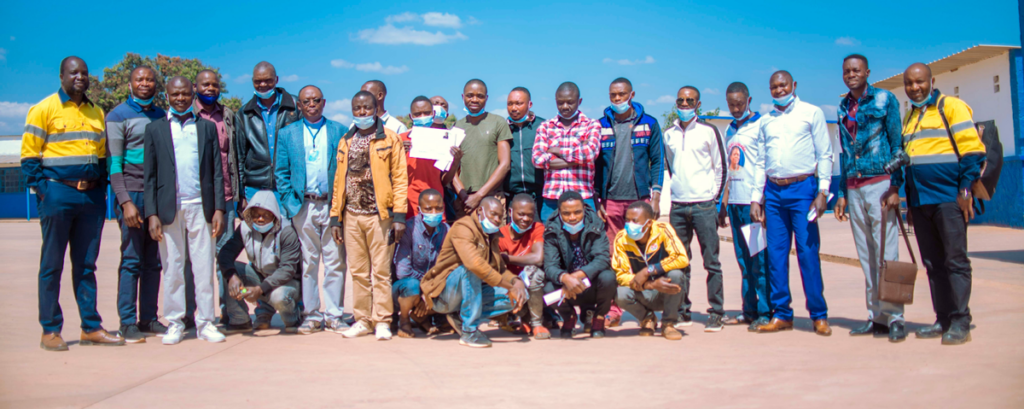
David Sturmes
Other posts by David
- Britishvolt joins the Fair Cobalt Alliance to help develop responsible, fair and transparent cobalt supply in the DRC
- The London Metal Exchange partnered with The Impact Facility to launch a school improvement project in the Copper-Cobalt belt of the DR Congo
- The Fair Cobalt Alliance welcomes its latest members CMOC and IXM
- FCA investments delayed, but work on the ground continuous
- Digging For Change





